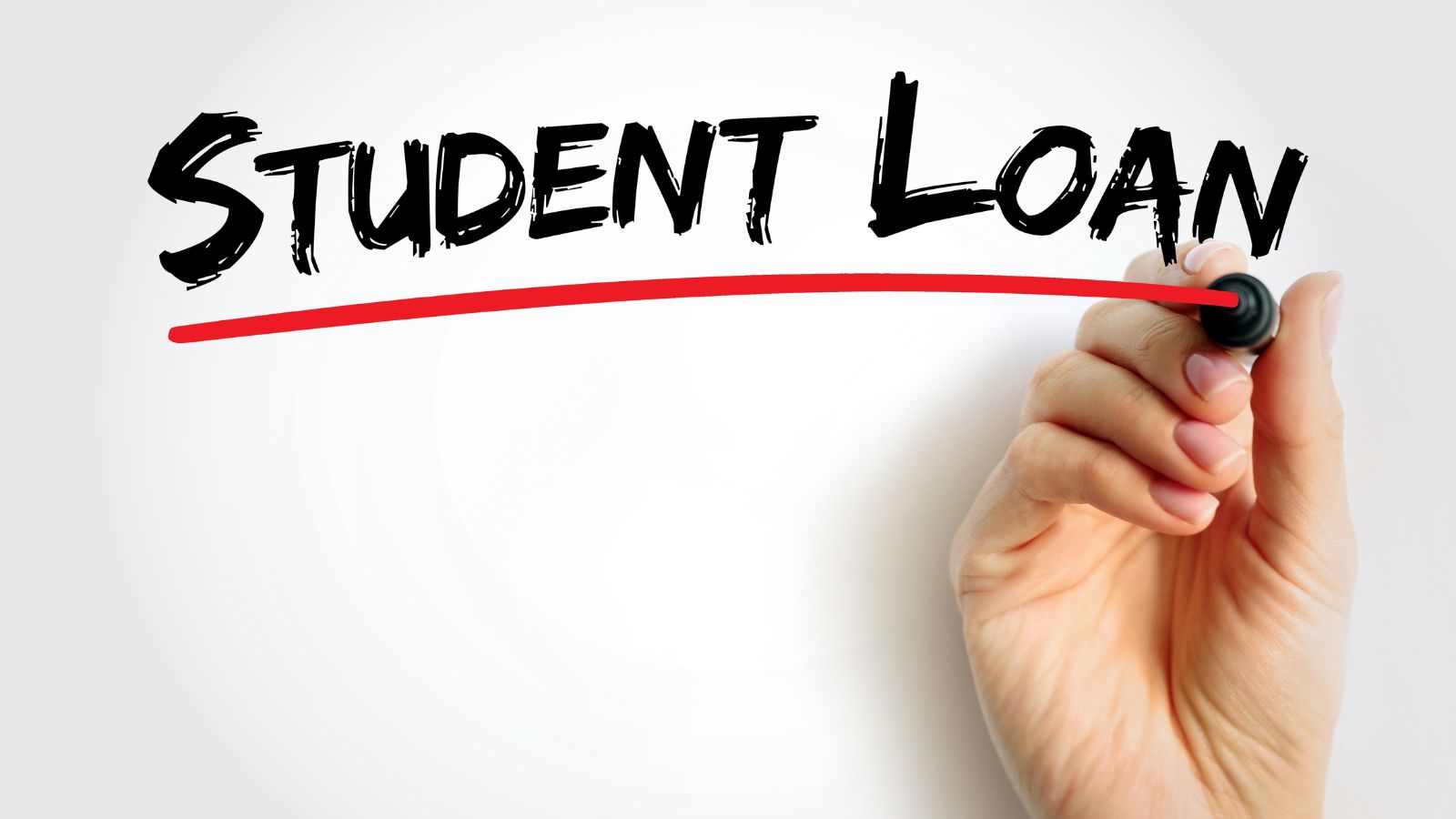When it comes to managing money in Canada, most people expect the usual advice: Save more, spend less, and maybe throw a little extra into your retirement plan. But the truth is, Canadians have access to some clever financial strategies and tools that fly under the radar. These moves can save serious cash, stretch your investments further, and even uncover unexpected benefits you didn’t know existed. Here are 21 Canadian finance moves that might surprise you.
Using Prepaid Credit Cards to Boost Your Credit Score

Prepaid credit cards aren’t usually considered a tool for building credit. After all, you’re loading money onto the card rather than borrowing. But in Canada, some prepaid cards, like those tied to established financial institutions, do report to credit bureaus. This makes them a low-risk way for people with limited credit histories to build up their scores without relying on traditional credit. They’re especially useful for newcomers to Canada, students, or those recovering from financial setbacks. By using these cards responsibly, making small purchases, and topping them up regularly, cardholders can steadily improve their credit reputation without carrying debt.
Claiming Medical Expenses Across Borders

Most Canadians know they can claim out-of-pocket medical expenses on their taxes, but many don’t realize that certain costs incurred outside Canada can also qualify. If you traveled abroad and paid for a procedure or emergency treatment, you may be able to deduct those costs, so long as they weren’t reimbursed by insurance. Even travel-related expenses, like transportation for specialized treatment not available nearby, can count. This move requires careful record-keeping, but it’s an overlooked tax break that can reduce your overall bill significantly, particularly for families managing high medical costs or specialized treatments.
Leveraging the FHSA Before Owning Property

The new First Home Savings Account (FHSA) combines the benefits of both RRSPs and TFSAs, but here’s the twist: you can open one even if you’re years away from buying a home. By contributing early, investments inside the FHSA grow tax-free, and contributions reduce your taxable income. If you eventually decide not to buy property, the funds can be transferred into an RRSP without penalty. Many Canadians assume this account is only helpful if you’re on the brink of homeownership, but starting early maximizes its tax-sheltered growth potential and gives you flexibility for the future.
Banking with Credit Unions for Dividend Payouts

Unlike big banks, credit unions operate as member-owned cooperatives. In some provinces, members actually earn dividends based on the financial performance of the credit union. That means simply keeping your money parked in everyday accounts could net you a yearly payout. While the dividends aren’t huge, they’re essentially free money for doing what you’d do anyway, depositing paycheques, paying bills, or saving. In addition, credit unions often offer lower fees and competitive mortgage rates, making them an attractive alternative.
Using RESP Funds for Education Outside Canada

The Registered Education Savings Plan (RESP) is widely known as a way to save for your child’s schooling. What often surprises people is that RESP funds aren’t limited to Canadian universities or colleges. They can also be applied to eligible post-secondary institutions abroad, provided the school meets government criteria. For families with children considering international study, such as pursuing a degree in the U.S. or Europe, RESP withdrawals can still be used to cover tuition and related expenses. This flexibility makes the RESP far more versatile than many assume.
Splitting Pension Income to Lower Taxes

Retirees can often reduce their tax burden significantly through pension income splitting. The rule allows one spouse to transfer up to 50% of eligible pension income to the other spouse. If one partner has a high pension income while the other has little or none, this move evens things out, lowering the couple’s overall tax bill. Many people assume income splitting is only for the wealthy, but it applies to middle-income retirees too. The tax savings can add up to thousands of dollars annually.
Paying Rent with a Credit Card for Rewards

It may seem counterintuitive, but some Canadian property managers and landlords allow tenants to pay rent with a credit card, often through third-party services. While there may be small processing fees, renters who use premium cards with strong rewards programs can come out ahead, collecting points or cash back on one of their most significant monthly expenses. For those aiming to maximize travel rewards or meet credit card bonus thresholds, this strategy can be surprisingly lucrative. Of course, it only works if you pay off the balance monthly; otherwise, interest charges quickly outweigh the perks.
Deferring Capital Gains Using an RRSP Contribution

Selling investments that have appreciated often triggers capital gains tax, but Canadians can soften the blow by strategically contributing to an RRSP in the same tax year. The deduction from the RRSP contribution lowers taxable income, which can offset part of the capital gains liability. This technique works particularly well for those who were planning to contribute anyway, as it transforms an unavoidable tax event into a more manageable one. While it doesn’t eliminate the tax entirely, it reduces the sting and helps keep more of your investment earnings working for you.
Buying U.S. Stocks in RRSPs to Avoid Withholding Tax

When Canadians invest in U.S. dividend-paying stocks in regular accounts or TFSAs, they typically face a 15% withholding tax on dividends. But thanks to a tax treaty between Canada and the United States, that withholding tax doesn’t apply when U.S. stocks are held inside an RRSP. Investors who shift their U.S. holdings into RRSPs can save a significant amount over time, particularly if they focus on dividend-heavy companies. This arrangement surprises many casual investors, since TFSAs are usually thought of as the ultimate tax shelter, but in this case, the RRSP holds a clear advantage.
Claiming Moving Expenses Without Changing Cities

Many people think moving expense deductions only apply when relocating across the country for a new job. In fact, the CRA allows moving expenses even within the same city, as long as the new residence shortens your commute to work or school by at least 40 kilometers. That means a move from one side of Toronto to another, or across town in Vancouver, can sometimes qualify. Eligible expenses include transportation, storage, and even some costs for meals and temporary lodging. For those facing the high costs of moving, this overlooked deduction can be a valuable relief.
Paying Off Student Loans Strategically for Tax Credits

The government provides a non-refundable tax credit on the interest paid for qualifying student loans. While many graduates want to wipe out debt as fast as possible, spacing out repayments can sometimes maximize these tax credits over several years. The credit reduces taxable income, helping soften the burden while still tackling the loan. Unlike other debts, student loan interest has this special tax treatment, so it can be smarter to prioritize higher-interest loans first while letting student loan interest deliver an annual tax benefit.
Using the RRSP Home Buyers’ Plan for a Second Chance

Most Canadians know they can borrow up to $35,000 from their RRSP under the Home Buyers’ Plan (HBP) to purchase their first home. What’s surprising is that you can use the program again if you’ve been out of the housing market for five years. If you previously owned a home but sold it and returned to renting, after a qualifying period, you can once again access the HBP like a first-time buyer. This makes it useful not just for young Canadians but also for those restarting their financial lives.
Collecting Loyalty Points Through Utility Bills

Utility bills, electricity, internet, and phone service are unavoidable, but some Canadians are finding ways to turn them into reward opportunities. By setting up bill payments through credit cards with strong rewards programs, households can earn points or cash back on recurring monthly expenses. Some providers even partner directly with loyalty programs, offering extra incentives. Over a year, these small amounts add up significantly, helping fund vacations, gift cards, or direct savings. Since utility payments are consistent, they’re one of the easiest ways to rack up points without changing spending habits.
Taking Advantage of Tax-Free Northern Resident Deductions

Canadians living in remote or northern communities can claim significant deductions to offset the higher cost of living. These include travel benefits, residency amounts, and deductions for food and fuel. While not everyone qualifies, those who do often save thousands annually on taxes. Many Canadians are unaware of how substantial these deductions can be, as they’re specific to remote areas. For workers relocating to northern regions for resource jobs or government postings, this benefit can make a major difference in net income, helping to balance out the high costs of isolation and transportation.
Building Credit with Cell Phone Bills

Unlike in some countries, cell phone bills in Canada are increasingly reported to credit bureaus. This means timely payments on your mobile plan can boost your credit score, even if you don’t have traditional loans or credit cards. For younger Canadians or newcomers, this provides an accessible way to establish credit without taking on debt. Conversely, missed or late payments can hurt your credit rating, which surprises many people who think of phone bills as routine expenses rather than financial tools. Treating these payments with the same seriousness as loan obligations can pay off in the long run.
Writing Off Home Office Expenses Without Self-Employment

Even employees can claim home office expenses under certain conditions. If your employer requires you to work from home and provides a signed T2200 form, you may be eligible to deduct part of your utilities, internet, and even rent. This isn’t limited to freelancers or business owners—regular salaried workers qualify too if the conditions are met. During the pandemic, temporary simplified methods were introduced, but even beyond that period, the deductions remain relevant. Plus, for those working hybrid or permanently remote jobs, this lesser-known deduction can reduce taxable income meaningfully each year.
Tax-Free Employer-Provided Health Benefits

Employer health benefits often cover everything from dental checkups to prescription drugs. What makes them financially powerful is that most of these benefits are not considered taxable income. Unlike a salary increase, which would be taxed, employer contributions to health and dental plans are received tax-free. This gives them outsized value compared to direct pay. Canadians who compare job offers often underestimate this factor, but in practice, strong benefits packages can be worth thousands in after-tax dollars annually.
RRIF Conversion Can Be Delayed Until Age 71

Many Canadians assume they need to start drawing down their Registered Retirement Savings Plans (RRSPs) as soon as they retire. In reality, funds don’t need to be converted into a Registered Retirement Income Fund (RRIF) until December 31 of the year you turn 71. For those who retire earlier but don’t need the income right away, leaving funds inside the RRSP allows investments to continue compounding tax-deferred. This flexibility often surprises retirees who rush into withdrawals prematurely. Also, by delaying conversion, retirees can better control their taxable income and optimize government benefit eligibility.
Deducting Interest on Investment Loans

Unlike consumer debt, interest paid on loans used to earn investment income is tax-deductible in Canada. That means if you borrow to invest in income-generating assets—like dividend-paying stocks or rental property—you can write off the interest costs against your income. While this strategy carries risk, it’s a powerful tool for disciplined investors looking to leverage capital efficiently. Many Canadians are surprised to learn that not all debt is treated equally in the eyes of the tax system. Used wisely, this deduction helps balance the costs of borrowing for long-term financial growth.
Transferring TFSA Contributions After Marriage

Spouses can’t directly combine Tax-Free Savings Accounts (TFSAs), but there’s a workaround many couples overlook. If one partner has unused TFSA room, the other can gift money to them without triggering attribution rules. The recipient contributes the funds to their TFSA, and all future growth remains tax-free in their name. This move allows households to maximize total family TFSA limits, even if income levels between spouses differ significantly. It’s a flexible and legal way to equalize savings, reduce household taxes, and build wealth as a unit without violating contribution rules.
Charitable Donations Carry Forward for Five Years

Donating to registered charities not only supports causes but also generates tax credits. What surprises many Canadians is that unused donation credits can be carried forward for up to five years. This means if you make a large donation in one year, you don’t have to claim it all at once; you can spread the credit out strategically across multiple tax returns. This flexibility allows donors to align credits with higher-income years for maximum impact. Not to mention, it also encourages larger one-time donations, knowing the tax benefits won’t go to waste if not immediately claimed.
21 Products Canadians Should Stockpile Before Tariffs Hit

If trade tensions escalate between Canada and the U.S., everyday essentials can suddenly disappear or skyrocket in price. Products like pantry basics and tech must-haves that depend on are deeply tied to cross-border supply chains and are likely to face various kinds of disruptions
21 Products Canadians Should Stockpile Before Tariffs Hit
